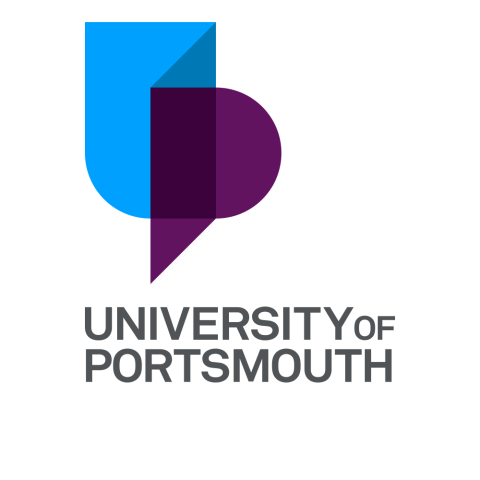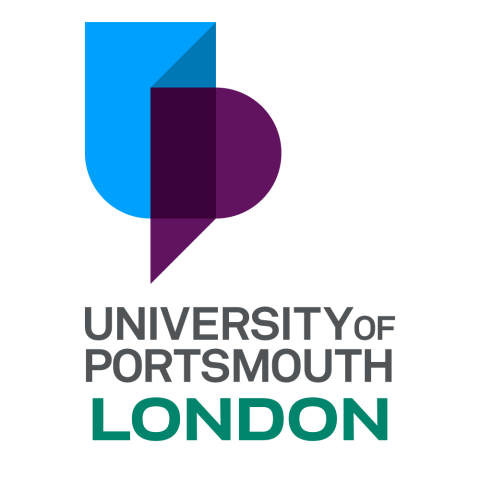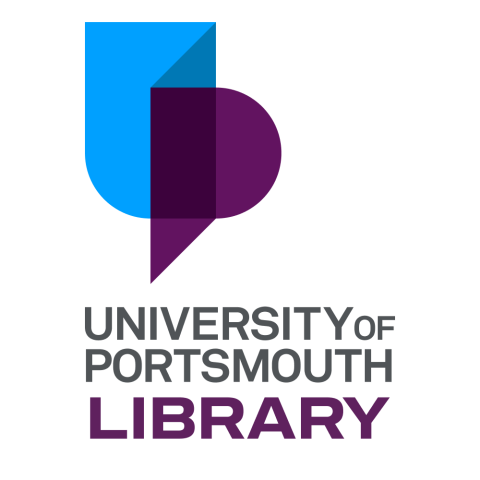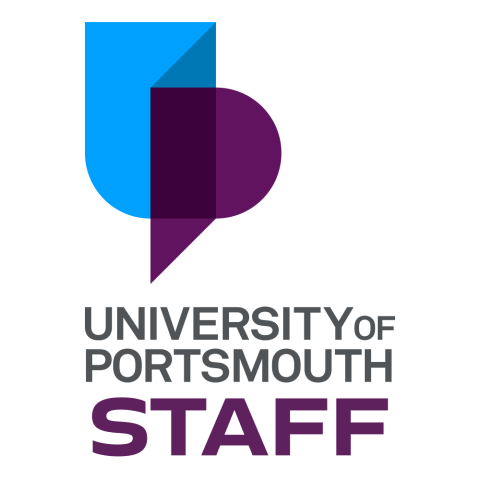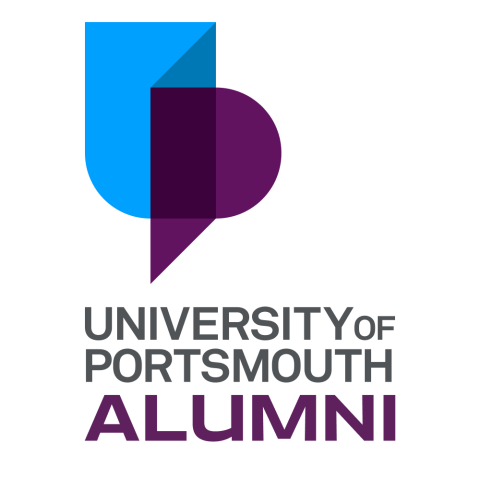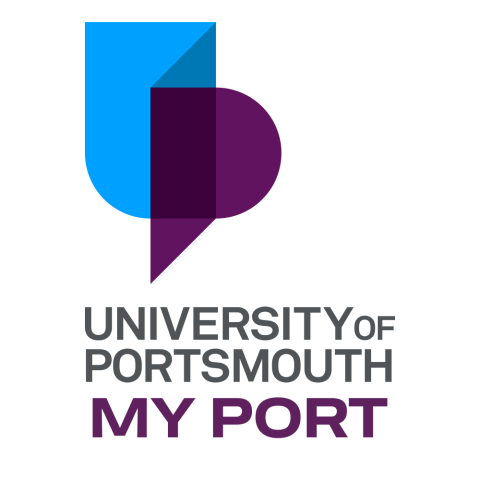
A new mapping project capturing Portsmouth’s literary history up to the present day has been launched by the English Literature team. Over the years, many renowned authors were born or lived in the city, and this rich history is shared in a new interactive online map.
Whether it’s the house in Old Commercial Road that Charles Dickens was born in, Elm Grove where Arthur Conan Doyle practiced as a GP, or the seafront road named after one of Neil Gaiman’s novels - there’s plenty to be discovered on the city’s streets.
Explorers can discover which author spent the formative years of his childhood in Southsea and was the first British recipient of the Nobel Prize for Literature. Why was H. G. Wells so desperate to leave Portsmouth? And why does the world’s most famous detective owe his genesis to Southsea?
As well as writers of the past, the map shows how the city has an active literary scene and continues to produce world-class writers across a range of genres. These include:
- Poet Laureate Simon Armitage studied Geography degree at Portsmouth Polytechnic (now University) in the early 1980s.
- Neil Gaiman, one of the world’s most famous writers of fantasy and sci-fi, was born in nearby Portchester. One of his novels, The Ocean at the End of the Lane, has been commemorated by the naming of a road on Southsea’s seafront.
- Michelle Magorian, best known for the children’s war novel, Goodnight Mr Tom, has fond memories of her childhood and adolescence in the city – something most obviously celebrated in Just Henry, a post-war novel full of Portsmouth cinemas and scenes.
- Graham Hurley’s Portsmouth detective series owes much to his time in the city as a columnist on the Portsmouth News.
So far, the map has been warmly received across the University and by Portsmouth Libraries and City Council. The project continues to work with local authors to draw on their experiences and insights into this unusual city. The team is planning events, conferences, and activities for the future which reach out further beyond the University to communities across the city.
Visit the Portsmouth Literature map to find out more.
